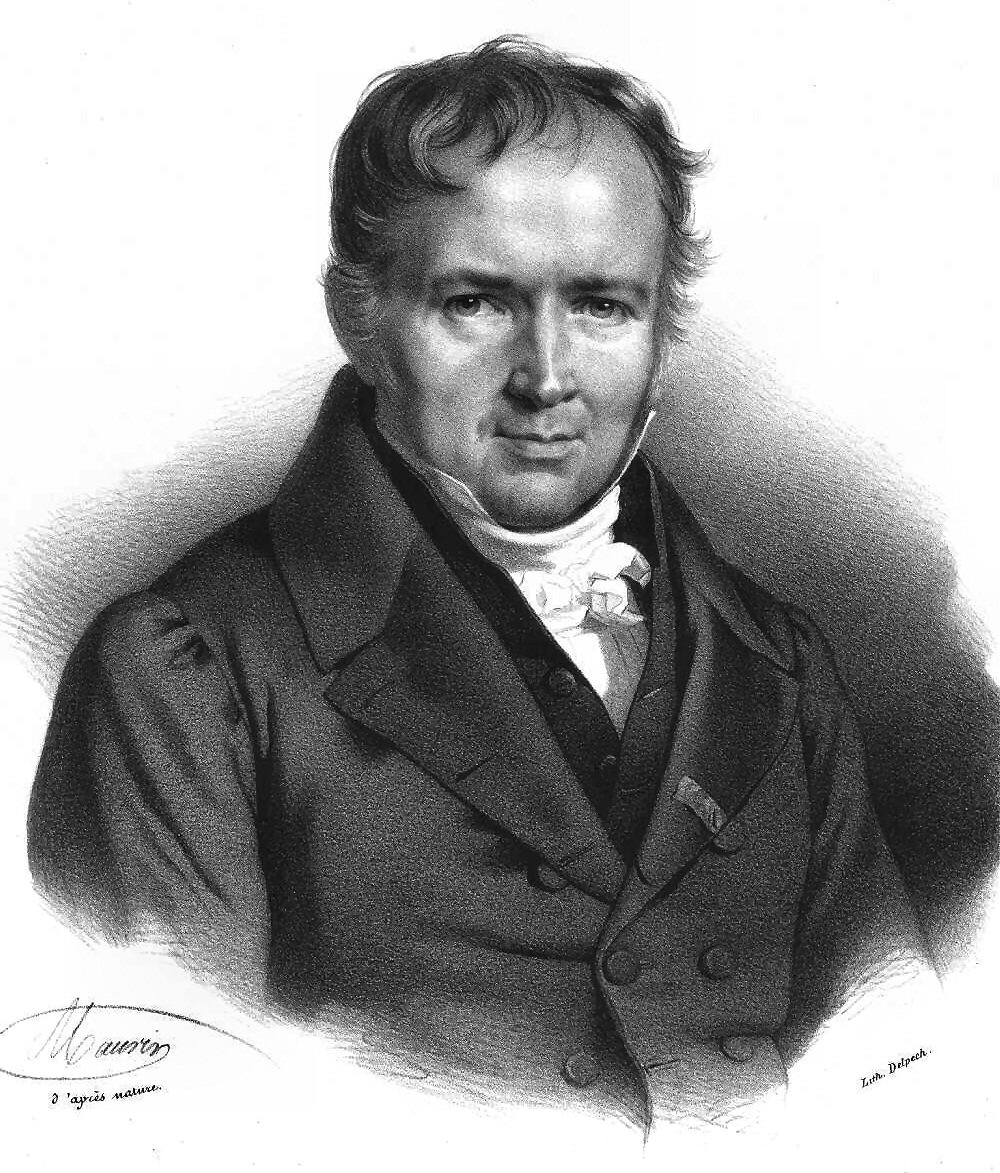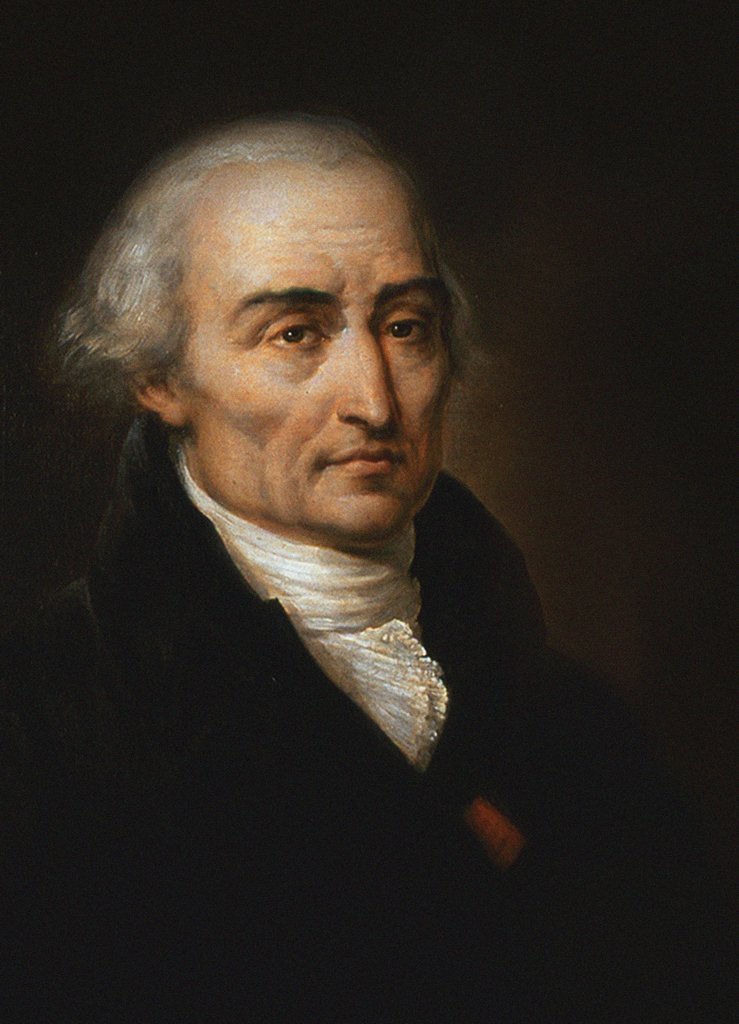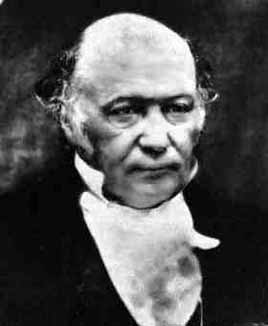|
Lagrange Bracket
Lagrange brackets are certain expressions closely related to Poisson brackets that were introduced by Joseph Louis Lagrange in 1808–1810 for the purposes of mathematical formulation of classical mechanics, but unlike the Poisson brackets, have fallen out of use. Definition Suppose that (''q''1, ..., ''q''''n'', ''p''1, ..., ''p''''n'') is a system of canonical coordinates on a phase space. If each of them is expressed as a function of two variables, ''u'' and ''v'', then the Lagrange bracket of ''u'' and ''v'' is defined by the formula : u, v = \sum_^n \left(\frac \frac - \frac \frac \right). Properties * Lagrange brackets do not depend on the system of canonical coordinates (''q'', ''p''). If (''Q'',''P'') = (''Q''1, ..., ''Q''''n'', ''P''1, ..., ''P''''n'') is another system of canonical coordinates, so that Q=Q(q,p), P=P(q,p) is a canonical transformation, then the Lagrange bracket is an invariant of the transformation, in the sense that u, v = , v Ther ... [...More Info...] [...Related Items...] OR: [Wikipedia] [Google] [Baidu] [Amazon] |
Poisson Bracket
In mathematics and classical mechanics, the Poisson bracket is an important binary operation in Hamiltonian mechanics, playing a central role in Hamilton's equations of motion, which govern the time evolution of a Hamiltonian dynamical system. The Poisson bracket also distinguishes a certain class of coordinate transformations, called '' canonical transformations'', which map canonical coordinate systems into other canonical coordinate systems. A "canonical coordinate system" consists of canonical position and momentum variables (below symbolized by q_i and p_i, respectively) that satisfy canonical Poisson bracket relations. The set of possible canonical transformations is always very rich. For instance, it is often possible to choose the Hamiltonian itself \mathcal H =\mathcal H(q, p, t) as one of the new canonical momentum coordinates. In a more general sense, the Poisson bracket is used to define a Poisson algebra, of which the algebra of functions on a Poisson manifold is a ... [...More Info...] [...Related Items...] OR: [Wikipedia] [Google] [Baidu] [Amazon] |
Joseph Louis Lagrange
Joseph-Louis Lagrange (born Giuseppe Luigi LagrangiaJoseph-Louis Lagrange, comte de l’Empire ''Encyclopædia Britannica'' or Giuseppe Ludovico De la Grange Tournier; 25 January 1736 – 10 April 1813), also reported as Giuseppe Luigi Lagrange or Lagrangia, was an Italian and naturalized French , physicist and astronomer. He made significa ... [...More Info...] [...Related Items...] OR: [Wikipedia] [Google] [Baidu] [Amazon] |
Classical Mechanics
Classical mechanics is a Theoretical physics, physical theory describing the motion of objects such as projectiles, parts of Machine (mechanical), machinery, spacecraft, planets, stars, and galaxies. The development of classical mechanics involved Scientific Revolution, substantial change in the methods and philosophy of physics. The qualifier ''classical'' distinguishes this type of mechanics from physics developed after the History of physics#20th century: birth of modern physics, revolutions in physics of the early 20th century, all of which revealed limitations in classical mechanics. The earliest formulation of classical mechanics is often referred to as Newtonian mechanics. It consists of the physical concepts based on the 17th century foundational works of Sir Isaac Newton, and the mathematical methods invented by Newton, Gottfried Wilhelm Leibniz, Leonhard Euler and others to describe the motion of Physical body, bodies under the influence of forces. Later, methods bas ... [...More Info...] [...Related Items...] OR: [Wikipedia] [Google] [Baidu] [Amazon] |
Canonical Coordinates
In mathematics and classical mechanics, canonical coordinates are sets of coordinates on phase space which can be used to describe a physical system at any given point in time. Canonical coordinates are used in the Hamiltonian formulation of classical mechanics. A closely related concept also appears in quantum mechanics; see the Stone–von Neumann theorem and canonical commutation relations for details. As Hamiltonian mechanics are generalized by symplectic geometry and canonical transformations are generalized by contact transformations, so the 19th century definition of canonical coordinates in classical mechanics may be generalized to a more abstract 20th century definition of coordinates on the cotangent bundle of a manifold (the mathematical notion of phase space). Definition in classical mechanics In classical mechanics, canonical coordinates are coordinates q^i and p_i in phase space that are used in the Hamiltonian formalism. The canonical coordinates satisfy the ... [...More Info...] [...Related Items...] OR: [Wikipedia] [Google] [Baidu] [Amazon] |
Phase Space
The phase space of a physical system is the set of all possible physical states of the system when described by a given parameterization. Each possible state corresponds uniquely to a point in the phase space. For mechanical systems, the phase space usually consists of all possible values of the position and momentum parameters. It is the direct product of direct space and reciprocal space. The concept of phase space was developed in the late 19th century by Ludwig Boltzmann, Henri Poincaré, and Josiah Willard Gibbs. Principles In a phase space, every degree of freedom or parameter of the system is represented as an axis of a multidimensional space; a one-dimensional system is called a phase line, while a two-dimensional system is called a phase plane. For every possible state of the system or allowed combination of values of the system's parameters, a point is included in the multidimensional space. The system's evolving state over time traces a path (a phase-spac ... [...More Info...] [...Related Items...] OR: [Wikipedia] [Google] [Baidu] [Amazon] |
Canonical Transformation
In Hamiltonian mechanics, a canonical transformation is a change of canonical coordinates that preserves the form of Hamilton's equations. This is sometimes known as ''form invariance''. Although Hamilton's equations are preserved, it need not preserve the explicit form of the Hamiltonian itself. Canonical transformations are useful in their own right, and also form the basis for the Hamilton–Jacobi equations (a useful method for calculating conserved quantities) and Liouville's theorem (itself the basis for classical statistical mechanics). Since Lagrangian mechanics is based on generalized coordinates, transformations of the coordinates do not affect the form of Lagrange's equations and, hence, do not affect the form of Hamilton's equations if the momentum is simultaneously changed by a Legendre transformation into P_i = \frac\ , where \left\ are the new co‑ordinates, grouped in canonical conjugate pairs of momenta P_i and corresponding positions Q_i, for i = 1, ... [...More Info...] [...Related Items...] OR: [Wikipedia] [Google] [Baidu] [Amazon] |
Symplectic Form
In mathematics, a symplectic vector space is a vector space V over a field F (for example the real numbers \mathbb) equipped with a symplectic bilinear form. A symplectic bilinear form is a mapping \omega : V \times V \to F that is ; Bilinear: Linear in each argument separately; ; Alternating: \omega(v, v) = 0 holds for all v \in V; and ; Non-degenerate: \omega(v, u) = 0 for all v \in V implies that u = 0. If the underlying field has characteristic not 2, alternation is equivalent to skew-symmetry. If the characteristic is 2, the skew-symmetry is implied by, but does not imply alternation. In this case every symplectic form is a symmetric form, but not vice versa. Working in a fixed basis, \omega can be represented by a matrix. The conditions above are equivalent to this matrix being skew-symmetric, nonsingular, and hollow (all diagonal entries are zero). This should not be confused with a symplectic matrix, which represents a symplectic transformation of the space. ... [...More Info...] [...Related Items...] OR: [Wikipedia] [Google] [Baidu] [Amazon] |
Tensor
In mathematics, a tensor is an algebraic object that describes a multilinear relationship between sets of algebraic objects associated with a vector space. Tensors may map between different objects such as vectors, scalars, and even other tensors. There are many types of tensors, including scalars and vectors (which are the simplest tensors), dual vectors, multilinear maps between vector spaces, and even some operations such as the dot product. Tensors are defined independent of any basis, although they are often referred to by their components in a basis related to a particular coordinate system; those components form an array, which can be thought of as a high-dimensional matrix. Tensors have become important in physics because they provide a concise mathematical framework for formulating and solving physics problems in areas such as mechanics ( stress, elasticity, quantum mechanics, fluid mechanics, moment of inertia, ...), electrodynamics ( electromagnetic ten ... [...More Info...] [...Related Items...] OR: [Wikipedia] [Google] [Baidu] [Amazon] |
Inverse Matrix
In linear algebra, an invertible matrix (''non-singular'', ''non-degenarate'' or ''regular'') is a square matrix that has an inverse. In other words, if some other matrix is multiplied by the invertible matrix, the result can be multiplied by an inverse to undo the operation. An invertible matrix multiplied by its inverse yields the identity matrix. Invertible matrices are the same size as their inverse. Definition An -by- square matrix is called invertible if there exists an -by- square matrix such that\mathbf = \mathbf = \mathbf_n ,where denotes the -by- identity matrix and the multiplication used is ordinary matrix multiplication. If this is the case, then the matrix is uniquely determined by , and is called the (multiplicative) ''inverse'' of , denoted by . Matrix inversion is the process of finding the matrix which when multiplied by the original matrix gives the identity matrix. Over a field, a square matrix that is ''not'' invertible is called singular or degener ... [...More Info...] [...Related Items...] OR: [Wikipedia] [Google] [Baidu] [Amazon] |
Lagrangian Mechanics
In physics, Lagrangian mechanics is a formulation of classical mechanics founded on the d'Alembert principle of virtual work. It was introduced by the Italian-French mathematician and astronomer Joseph-Louis Lagrange in his presentation to the Turin Academy of Science in 1760 culminating in his 1788 grand opus, ''Mécanique analytique''. Lagrangian mechanics describes a mechanical system as a pair consisting of a configuration space (physics), configuration space ''M'' and a smooth function L within that space called a ''Lagrangian''. For many systems, , where ''T'' and ''V'' are the Kinetic energy, kinetic and Potential energy, potential energy of the system, respectively. The stationary action principle requires that the Action (physics)#Action (functional), action functional of the system derived from ''L'' must remain at a stationary point (specifically, a Maximum and minimum, maximum, Maximum and minimum, minimum, or Saddle point, saddle point) throughout the time evoluti ... [...More Info...] [...Related Items...] OR: [Wikipedia] [Google] [Baidu] [Amazon] |
Hamiltonian Mechanics
In physics, Hamiltonian mechanics is a reformulation of Lagrangian mechanics that emerged in 1833. Introduced by Sir William Rowan Hamilton, Hamiltonian mechanics replaces (generalized) velocities \dot q^i used in Lagrangian mechanics with (generalized) ''momenta''. Both theories provide interpretations of classical mechanics and describe the same physical phenomena. Hamiltonian mechanics has a close relationship with geometry (notably, symplectic geometry and Poisson structures) and serves as a Hamilton–Jacobi equation, link between classical and quantum mechanics. Overview Phase space coordinates (''p'', ''q'') and Hamiltonian ''H'' Let (M, \mathcal L) be a Lagrangian mechanics, mechanical system with configuration space (physics), configuration space M and smooth Lagrangian_mechanics#Lagrangian, Lagrangian \mathcal L. Select a standard coordinate system (\boldsymbol,\boldsymbol) on M. The quantities \textstyle p_i(\boldsymbol,\boldsymbol,t) ~\stackrel~ / are called ''m ... [...More Info...] [...Related Items...] OR: [Wikipedia] [Google] [Baidu] [Amazon] |
Cornelius Lanczos
__NOTOC__ Cornelius (Cornel) Lanczos (, ; born as Kornél Lőwy, until 1906: ''Löwy (Lőwy) Kornél''; February 2, 1893 – June 25, 1974) was a Hungarian-Jewish, Hungarian-American and later Hungarian-Irish mathematician and physicist. According to György Marx he was one of The Martians. Biography He was born in Fehérvár (Alba Regia), Fejér County, Kingdom of Hungary to Jewish parents, Károly Lőwy and Adél Hahn. Lanczos' Ph.D. thesis (1921) was on relativity theory. He sent his thesis copy to Albert Einstein, and Einstein wrote back, saying: "I studied your paper as far as my present overload allowed. I believe I may say this much: this does involve competent and original brainwork, on the basis of which a doctorate should be obtainable ... I gladly accept the honorable dedication."Barbara Gellai (2010) ''The Intrinsic Nature of Things: the life and science of Cornelius Lanczos'', American Mathematical Society In 1924 he discovered an exact solution of the Einste ... [...More Info...] [...Related Items...] OR: [Wikipedia] [Google] [Baidu] [Amazon] |




